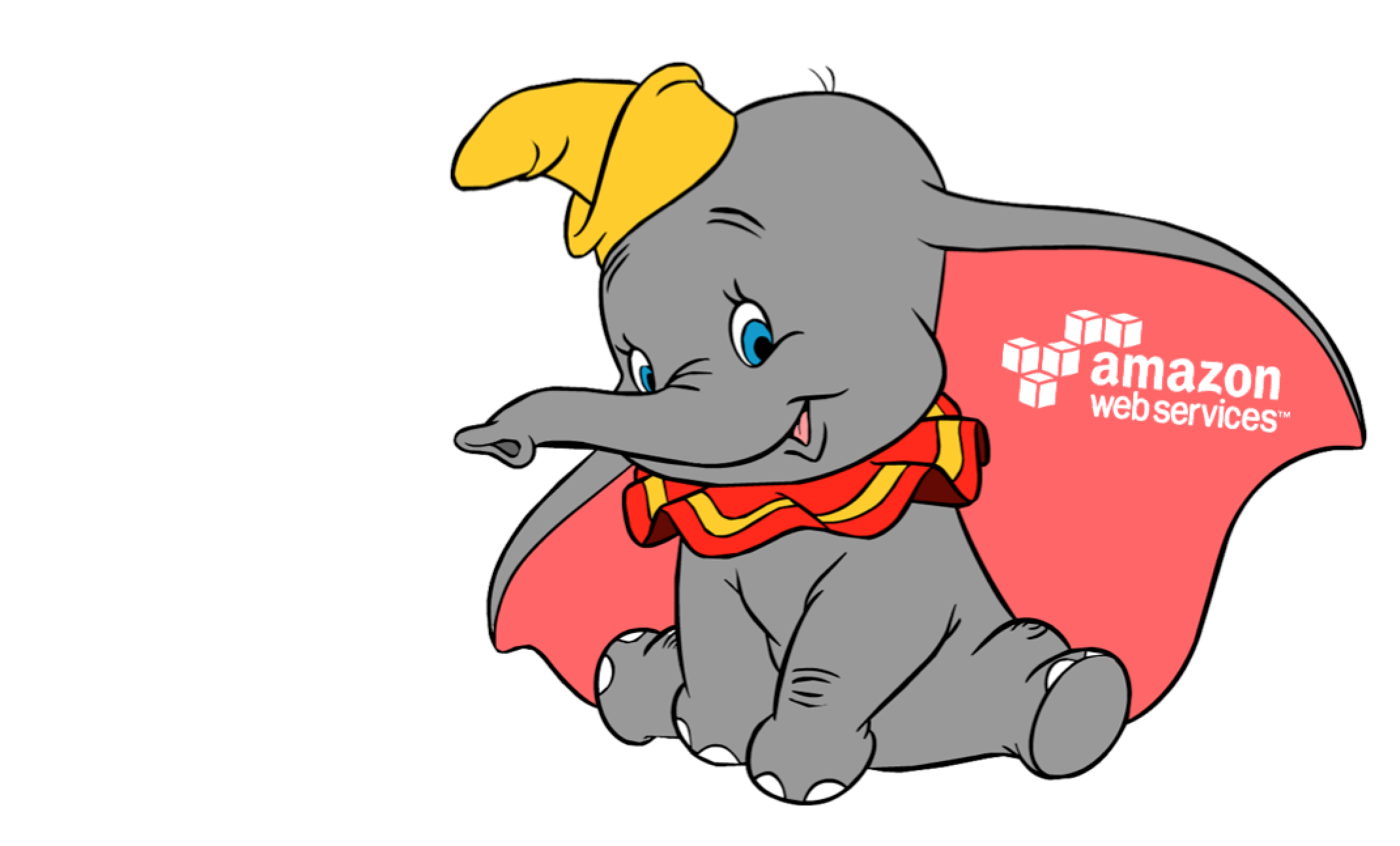I thought I’d label 2015 as the year of the surrendering to the cloud. And by this I do not mean that mass adoption that every software vendor was waiting for, but surrendering to (1) the fact that cloud is now pervasive and it is no longer up for a debate and (2) to the dominance of Amazon Web Services.
A debate had been previously going way too long, on what are the real benefits of the cloud. And I’m not talking about end customers here, I’m talking about IT professionals, for whom new technologies should be bread and butter. But around cloud computing, they somehow showed the strongest skepticism, a high dose of arrogance (how many times I heard “we were doing cloud 20 years ago, but we were just not calling it that way”) and reluctancy to embrace change. The great majority of them underestimated the phenomenon to the point of challenging its usefulness or bringing it down to virtualisation in some other data center which is not here.
I asked myself why this has happened and I came to the conclusion that cloud has been just too disruptive, even for IT pros. To understand the benefits of the cloud in full, one had to make a mental leap. People naturally learn by small logical next steps, so cloud was interpreted just like the natural next step after having virtualised their data centres. But as I wrote more than three years ago in the blog post Cloud computing is not the evolution of virtualisation, the cloud came to solve a different problem and used virtualisation just as a delivery method to accomplish its goal. But finally, in 2015 I personally witnessed that long overdue increased level of maturity with respect to cloud technologies. Conversations I had with service providers and end customers’ IT pros were no longer about “if” to cloud or not to cloud, but about “what” and “when” instead.
What has helped achieving this maturity? I think it is the fact that nobody could ignore anymore the elephant in the room. The elephant called Amazon Web Services. That cloud pioneer and now well consolidated player that is probably five years ahead of its nearest competitor, in terms of innovation and feature richness. And not only they’re not ignoring it anymore, everyone wants to have a ride on it.
Many of those IT pros I mentioned are actually employed by major software vendors, maybe even leading their cloud strategy. Their initial misunderstanding of the real opportunity behind cloud adoption led to multi-million investments on the wrong products. And in 2015 (here we come to the surrendering number 2) we saw many of these failures surfacing up and demanding real change. Sometimes these changes were addressed with new acquisitions (like the EMC acquisition of Virtustream) or with the decision to co-opt instead of compete.
To pick some examples:
 On Tuesday [Oct 6th] at AWS re:Invent, Rackspace launched Fanatical Support for AWS, beginning with U.S.-based customers. Non-U.S. customers will have to wait a while, although Rackspace will offer support for them in beta mode. In addition, Rackspace will also resell and offer support services for AWS’s elastic cloud as it’s now officially become an authorized AWS reseller.
On Tuesday [Oct 6th] at AWS re:Invent, Rackspace launched Fanatical Support for AWS, beginning with U.S.-based customers. Non-U.S. customers will have to wait a while, although Rackspace will offer support for them in beta mode. In addition, Rackspace will also resell and offer support services for AWS’s elastic cloud as it’s now officially become an authorized AWS reseller. Hewlett-Packard is dropping the public cloud that it offered as part of its Helion
Hewlett-Packard is dropping the public cloud that it offered as part of its Helion“hybrid” cloud platform, ceding the territory to Amazon Web Services and Microsoft’s Azure. The company will focus on private cloud and traditional IT that its large corporate customers want, while supporting AWS and Azure for public cloud needs.
 HP Enterprise’s latest strategy, which dovetails with earlier plans to focus on private and managed clouds, is to partner with Microsoft and become an Azure reseller.
HP Enterprise’s latest strategy, which dovetails with earlier plans to focus on private and managed clouds, is to partner with Microsoft and become an Azure reseller.What does this tell us? Most software vendors are now late to the game and are trying to enter the market by holding the hand of those who understood (and somewhat contribute to create) the public cloud market. But don’t we always say the cloud market is heading to commoditisation, why there seem to be no space for a considerable number of players? Certainly HP, VMware or IBM have the investment capacity of Amazon to grow big and compete head to head.
The reality is that we’re far from this commoditisation. If virtual machines may well be a commodity, they’re not more than a tiny bit of the whole cloud services offered for example by AWS (EC2 was mentioned only once during the two main keynotes at AWS re:Invent this year!). The software to enable the full portfolio of cloud services still make a whole lot of difference and to deliver it, this requires vision, leadership, understanding and a ton of talent. Millions of investments without the rest was definitely not the way.
Happy 2016!



